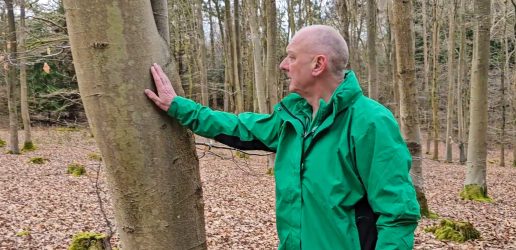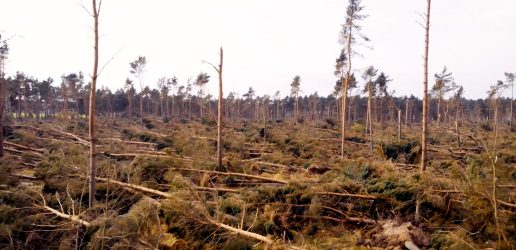
The latest in our Climate Change Factsheet series have been published today, Wednesday 9th February.
Aimed at practitioners, the factsheets showcase the breadth of research carried out by Forest Research, sometimes over decades, demonstrating how trees and forests are facing the challenges of climate change, and offering actionable insights into how trees and woodlands can help mitigate the effects of climate change.
These next four factsheets cover adaptation, urban forests and the effects of climate change on the impact of Canker and Phytophthora. The factsheets can be viewed and downloaded from the links below:
Climate change and tree diseases (Canker) – Forest Research
Climate change and tree diseases (Phytophthora) – Forest Research
Climate change and urban forests – Forest Research
Climate change adaptation – Forest Research
There are now 12 factsheets in the series, and they can be viewed on this website.
Tree professionals working in arboriculture are being asked to take part in a new tree health survey as part of a DEFRA-funded project looking at pathways and practices concerning the tree disease, canker stain of plane.

Nature, the world’s leading multidisciplinary science journal, has published findings from a new global study investigating which tree species fix the most carbon.

Forest Research have released a new video about the increasing risks of wind and storms and ways to mitigate their damage, including by using ForestGALES.
Tree professionals working in arboriculture are being asked to take part in a new tree health survey as part of a DEFRA-funded project looking at pathways and practices concerning the tree disease, canker stain of plane.

Nature, the world’s leading multidisciplinary science journal, has published findings from a new global study investigating which tree species fix the most carbon.

Forest Research have released a new video about the increasing risks of wind and storms and ways to mitigate their damage, including by using ForestGALES.
Notifications